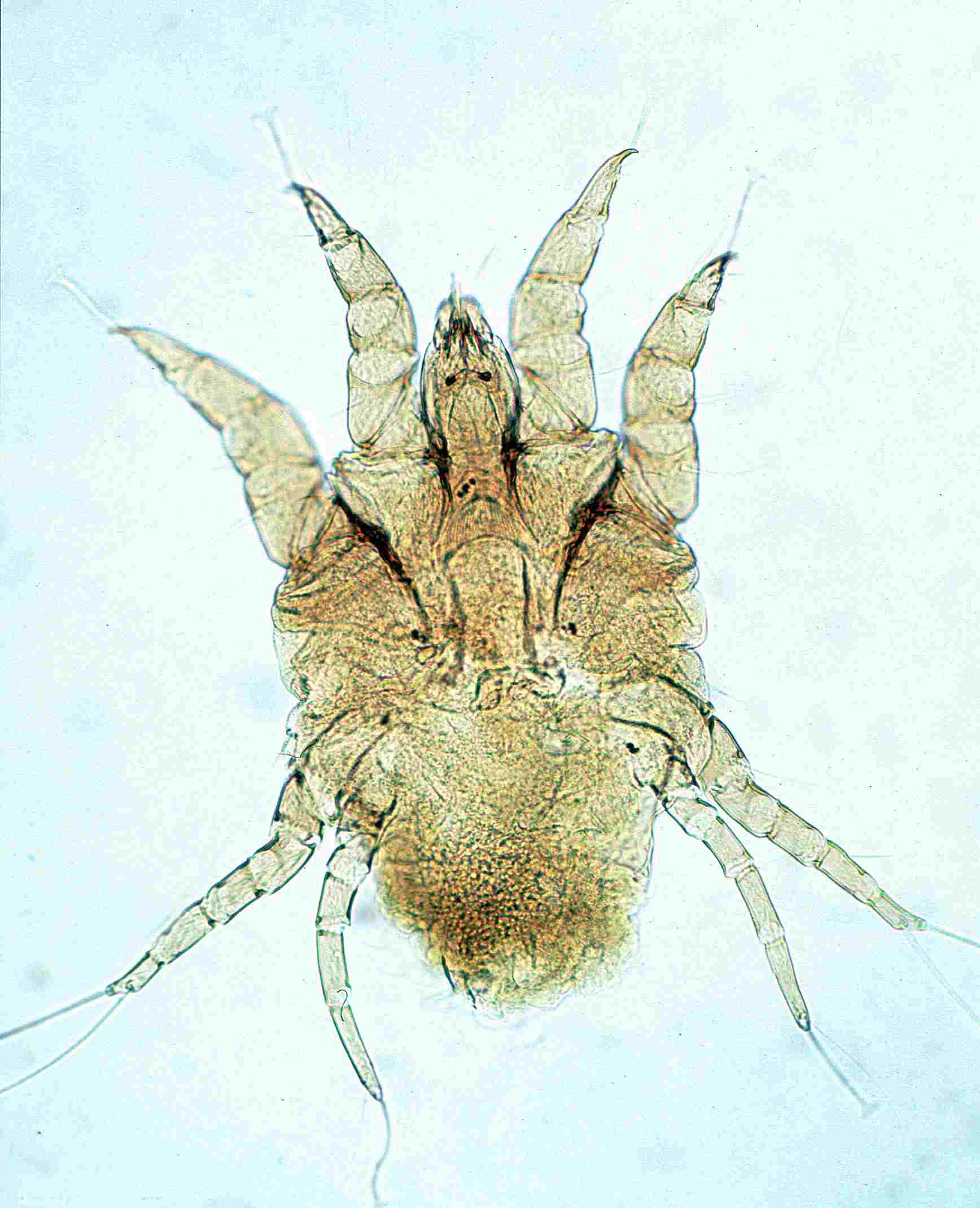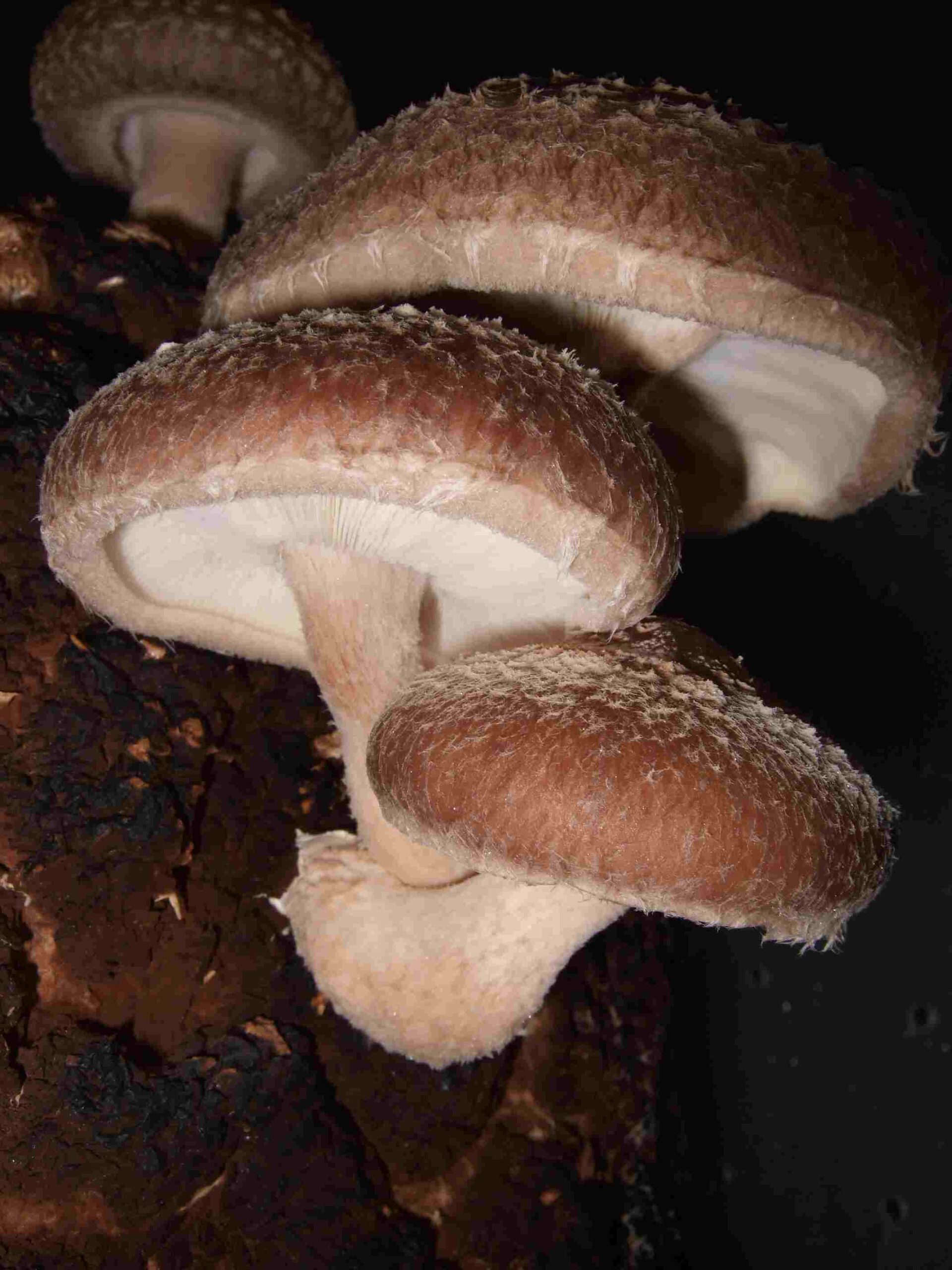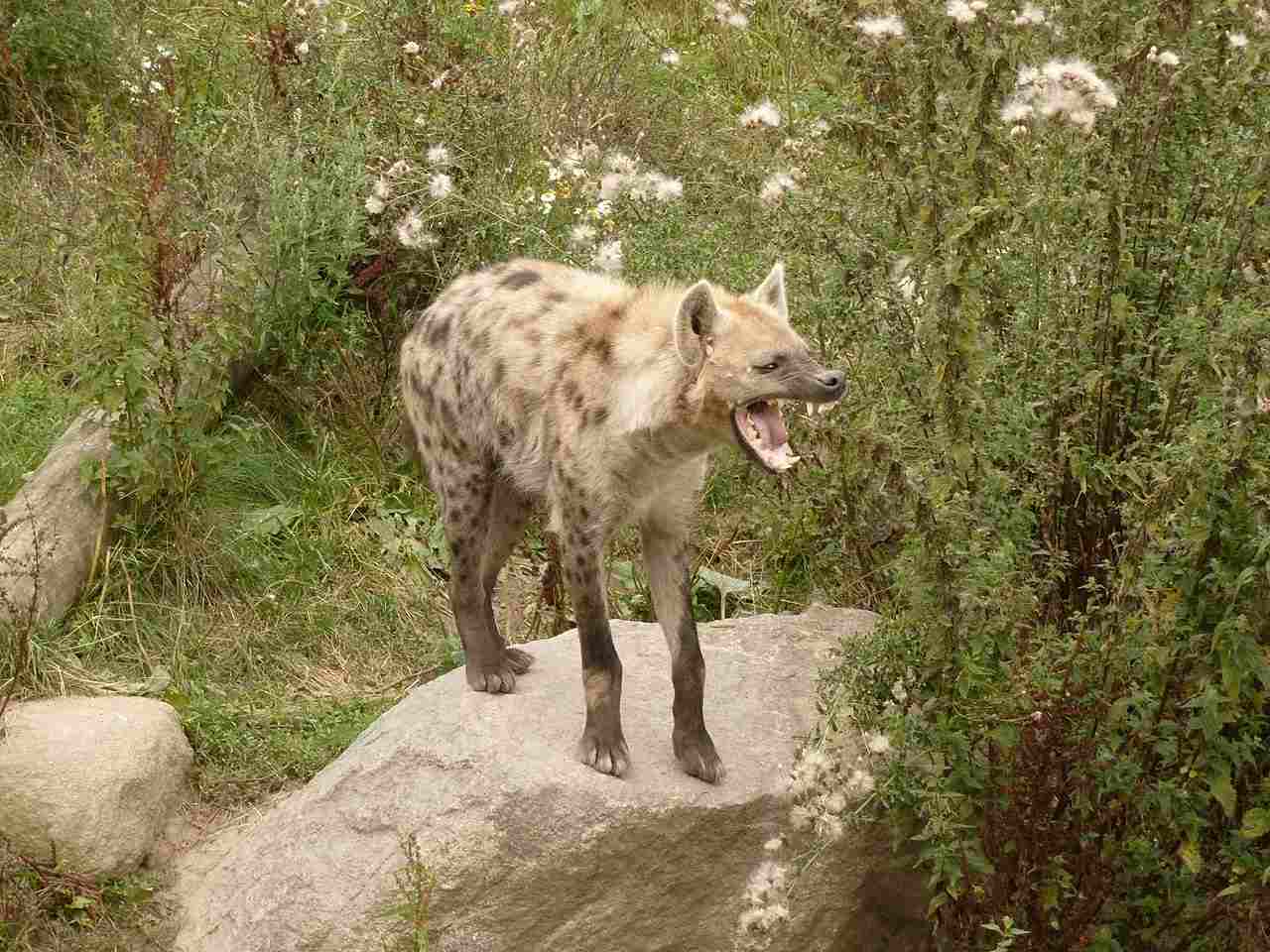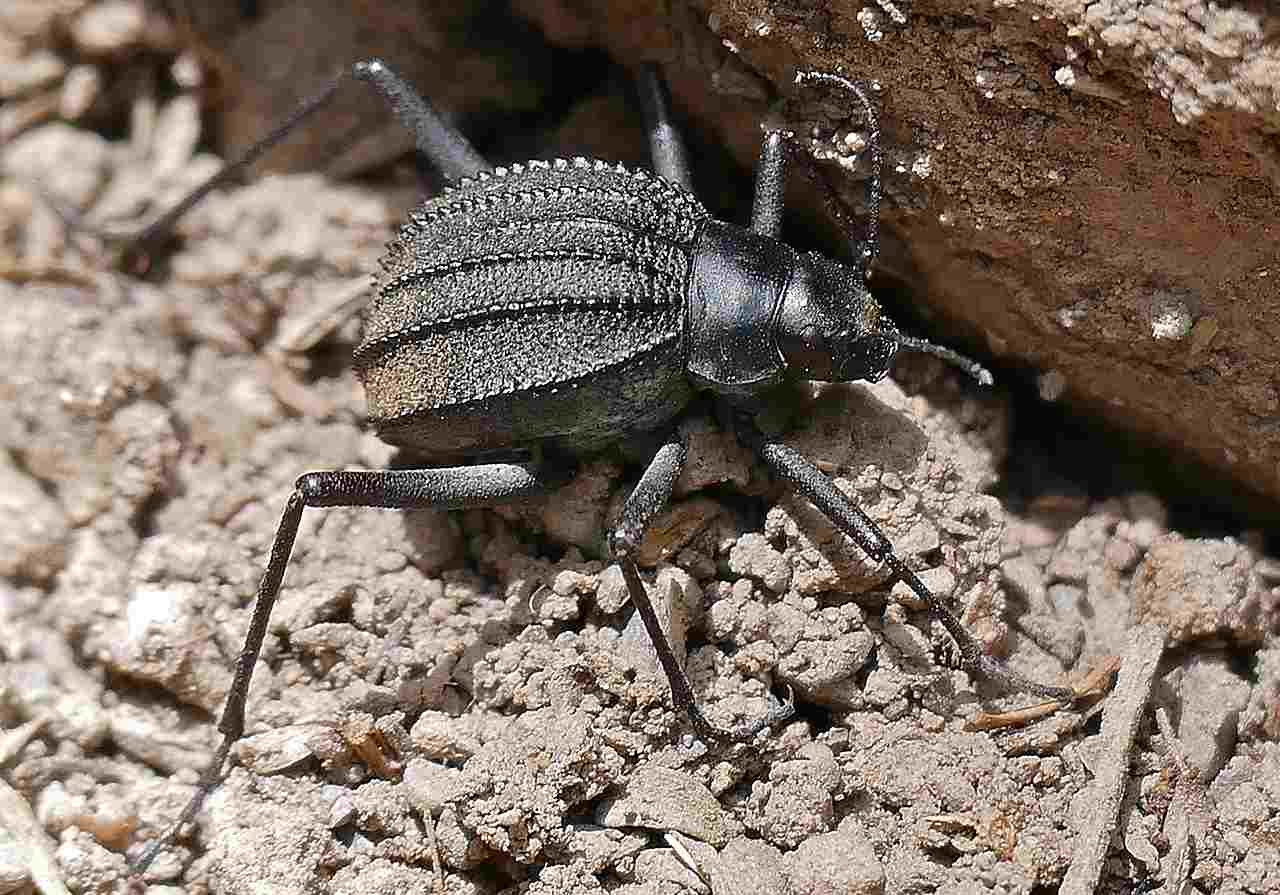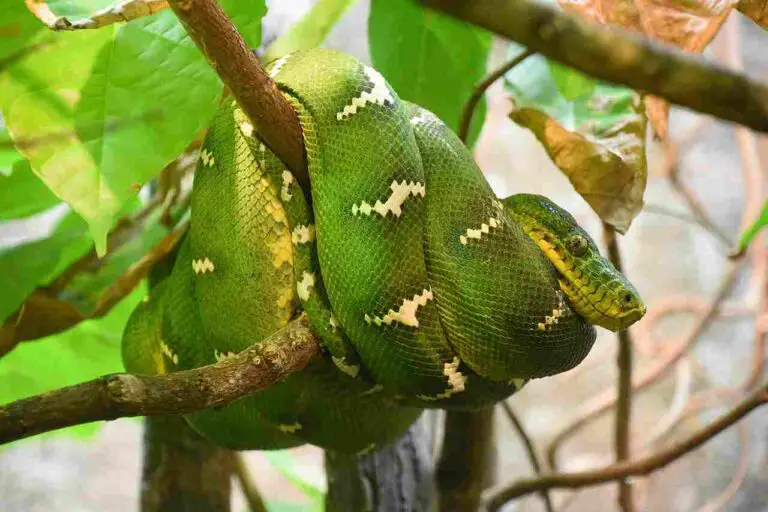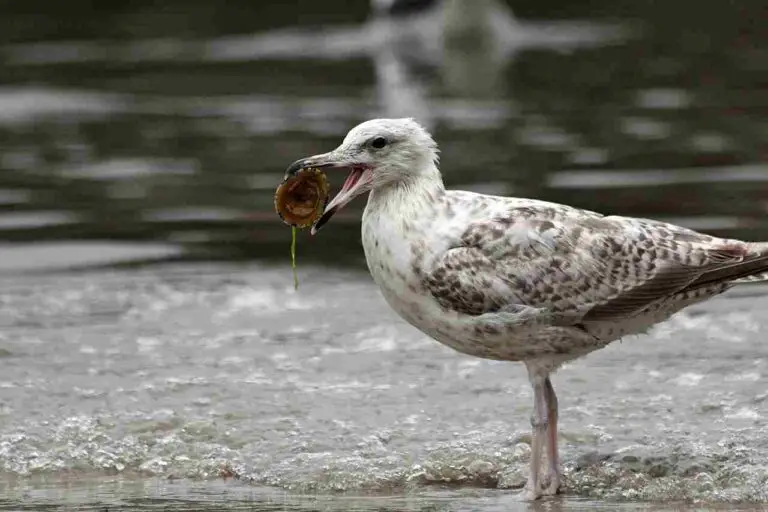33 Decomposers in The Savanna and Their Basic Attributes/Functions
Decomposers in the savanna include saprophytes like Actinobacteria, Cladosporium spp., detritivores like African dung beetles, mites, and scavengers like hooded vulture and spotted hyena, which are involved in the breakdown and recycling of organic materials and nutrients.
| Organism | Characteristics |
Ecological Importance
|
| 1. Acidobacteria | Gram-negative, acidophilic bacteria with diverse metabolic capabilities. |
Critical in nutrient cycling, soil pH regulation, and plant root associations.
|
| 2. Actinobacteria | Gram-positive bacteria with high G+C content, forming branching filaments. |
Key contributors to soil health, organic matter decomposition, and antibiotic production.
|
| 3. Bacillus subtilis | Gram-positive, rod-shaped bacterium with endospore formation. |
Plays a role in soil ecosystems, plant growth promotion, and organic matter decomposition.
|
| 4. Chloroflexi | Gram-negative filamentous bacteria with photosynthetic capabilities. |
Contribute to carbon cycling through photosynthesis and microbial community dynamics.
|
| 5. Clostridium spp. | Gram-positive, spore-forming bacteria with diverse metabolic capabilities. |
Important in anaerobic decomposition processes and nitrogen fixation.
|
| 6. Cytophaga spp. | Gram-negative, gliding bacteria, commonly found in aquatic environments. |
Contribute to nutrient cycling in aquatic ecosystems.
|
| 7. Firmicutes | Gram-positive bacteria with diverse shapes, including both aerobic and anaerobic species. |
Key players in soil ecosystems, contributing to nutrient cycling.
|
| 8. Pseudomonas spp. | Gram-negative, rod-shaped bacteria with metabolic versatility. |
Play a role in plant-microbe interactions, bioremediation, and nutrient cycling.
|
| 9. Aspergillus spp. | Filamentous fungi with distinctive conidiophores. |
Important in the decomposition of plant material and nutrient cycling.
|
| 10. Cladosporium spp. | Common mold found in various environments. |
Involved in the decomposition of plant material and plant-microbe interactions.
|
| 11. Fusarium spp. | Common soil-inhabiting fungi with diverse species. |
Some species act as biocontrol agents against plant pathogens.
|
| 12. Lecidea spp. | Lichen-forming fungi commonly found in various habitats. |
Contribute to soil stabilization and nutrient cycling in ecosystems.
|
| 13. Mucor spp. | Fast-growing, non-septate fungi with a cottony appearance. |
Contribute to the decomposition of organic matter and mycorrhizal associations.
|
| 14. Penicillium spp. | Common mold with brush-like conidiophores. |
Contribute to the decomposition of organic matter and food processing.
|
| 15. Rhizopus spp. | Fast-growing, filamentous fungi. |
Involved in the decomposition of plant material and nutrient cycling.
|
| 16. Trichoderma spp. | Filamentous fungi with mycoparasitic lifestyle. |
Play a crucial role in biological control of plant diseases and nutrient cycling.
|
| 17. Ants | Social insects with diverse castes. |
Act as ecosystem engineers, participate in seed dispersal, and form mutualistic relationships.
|
| 18. African Dung Beetles | Beetles specialized in feeding on dung. |
Contribute to nutrient cycling, soil fertility, and pest control.
|
| 19. Earthworms | Annelid worms contributing to soil structure improvement. |
Enhance soil aeration, water infiltration, and nutrient availability for plants.
|
| 20. Millipedes | Arthropods with segmented bodies. |
Contribute to the breakdown of dead plant material and nutrient cycling.
|
| 21. Mites | Small arachnids with diverse feeding habits. |
Play diverse roles in nutrient cycling and pest regulation.
|
| 22. Springtails | Small hexapods with a jumping organ. |
Contribute to soil structure and nutrient cycling.
|
| 23. Termites | Social insects belonging to Isoptera. |
Contribute to the breakdown of dead wood and nutrient cycling.
|
| 24. African Wild Dog | Social carnivores with cooperative hunting in packs. |
Maintain prey populations, influence herbivore behavior, and indicate ecosystem health.
|
| 25. Black-backed Jackal | Canids with an omnivorous diet and adaptability. |
Play a role in controlling small mammal populations and contribute to nutrient cycling.
|
| 26. Hooded Vulture | Scavenging bird of prey found in sub-Saharan Africa. |
Contribute to carrion cleanup, disease control, and indicate larger predators.
|
| 27. Hyena | Carnivorous mammals with scavenging behavior. |
Play a role in controlling herbivore populations and contribute to nutrient cycling.
|
| 28. Lappet-faced Vulture | Large scavenging bird with a distinctive lappet on the face. |
Play a crucial role in carrion cleanup and disease control.
|
| 29. Marabou Stork | Large wading bird with scavenging behavior. |
Contribute to carrion cleanup and nutrient cycling.
|
| 30. Rüppell’s Griffon Vulture | Large vulture with a distinctive white head. |
Play a vital role in scavenging and carrion cleanup.
|
| 31. White-backed Vulture | Medium-sized vulture with a white back. |
Key scavengers contributing to carrion cleanup.
|
| 32. Yellow-billed Kite | Medium-sized raptor with scavenging behavior. |
Play a role in scavenging and pest control.
|
| 33. Spotted Hyena |
Carnivorous mammals with a distinctive spotted coat
|
|
*SAPROPHYTES IN THE SAVANNA/PRIMARY DECOMPOSERS IN THE SAVANNA
-Bacteria
1. Acidobacteria:
Characteristics:
Gram-negative bacteria.
Acidophilic, thriving in acidic environments.
Related Posts:
Diverse metabolic capabilities.
Play a role in soil ecosystems.
Ecological Importance:
Critical in nutrient cycling and organic matter decomposition.
Influence soil pH and contribute to soil structure.
Form associations with plant roots, impacting plant health.
Contribution to Biodegradation:
Participate in the decomposition of complex organic compounds.
Aid in breaking down plant residues and recirculating nutrients.
Contribute to overall soil microbial diversity.
2. Actinobacteria:
Characteristics:
Gram-positive bacteria with high G+C content in DNA.
Form branching filaments and spore-producing structures.
Ubiquitous in soil and aquatic environments.
Ecological Importance:
Key contributors to soil health and nutrient cycling.
Produce antibiotics influencing microbial community dynamics.
Play a role in organic matter decomposition.
Contribution to Biodegradation:
Produce enzymes that break down complex organic compounds.
Active in the decomposition of plant and microbial residues.
Contribute to the breakdown of recalcitrant substances in soil.
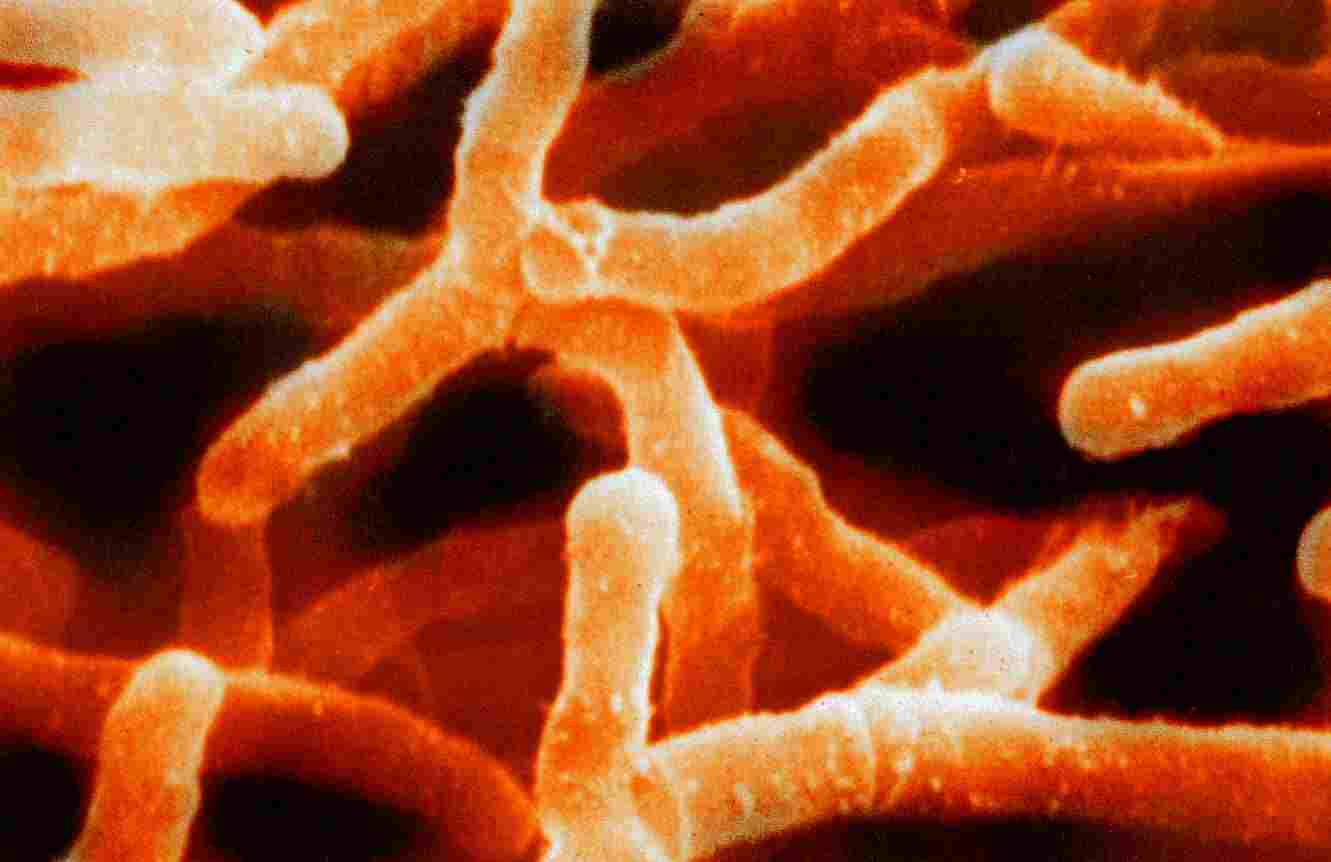
3. Bacillus subtilis:
Characteristics:
Gram-positive, rod-shaped bacterium.
Forms endospores, enhancing survival in harsh conditions.
Widely used in biotechnological applications.
Ecological Importance:
Plays a role in soil and rhizosphere ecosystems.
Can promote plant growth and act as a biocontrol agent.
Involved in organic matter decomposition.
Contribution to Biodegradation:
Produces enzymes for the degradation of organic matter.
Can degrade various organic pollutants.
Contributes to the cycling of nutrients in the environment.
4. Chloroflexi:
Characteristics:
Gram-negative, filamentous bacteria.
Capable of photosynthesis and fermentation.
Found in diverse environments, including hot springs.
Ecological Importance:
Contribute to carbon cycling through photosynthesis.
Play a role in nutrient cycling in geothermal habitats.
Can impact the microbial community structure in specific ecosystems.
Contribution to Biodegradation:
Involved in the degradation of organic compounds.
May contribute to the breakdown of complex polymers.
Influence carbon and nutrient dynamics in their habitats.
5. Clostridium spp.:
Characteristics:
Gram-positive, spore-forming bacteria.
Anaerobic metabolism, often found in soil and intestines.
Diverse metabolic capabilities.
Ecological Importance:
Important in anaerobic decomposition processes.
Play a role in the gut microbiota of animals.
Can be involved in nitrogen fixation in certain environments.
Contribution to Biodegradation:
Active in the breakdown of complex organic matter.
Contribute to the fermentation of organic substrates.
Influence the anaerobic stages of decomposition.
6. Cytophaga spp.:
Characteristics:
Gram-negative, gliding bacteria.
Commonly found in aquatic environments.
Can be involved in the degradation of complex organic matter.
Ecological Importance:
Contribute to nutrient cycling in aquatic ecosystems.
Play a role in the decomposition of algal and plant material.
Influence microbial community structure in marine habitats.
Contribution to Biodegradation:
Produce enzymes for the breakdown of organic polymers.
Actively participate in the degradation of marine organic matter.
7. Firmicutes:
Characteristics:
Gram-positive bacteria with a wide range of shapes.
Include both aerobic and anaerobic species.
Found in various environments, including soil and the human gut.
Ecological Importance:
Key players in soil ecosystems, contributing to nutrient cycling.
Some species act as probiotics in the gastrointestinal tract.
Involved in the degradation of complex organic matter.
Contribution to Biodegradation:
Produce enzymes for the breakdown of diverse organic compounds.
Participate in the decomposition of plant residues in soil.
Contribute to the overall microbial diversity in ecosystems.
-Fungi
8. Pseudomonas spp.:
Characteristics:
Gram-negative, rod-shaped bacteria.
Known for metabolic versatility and adaptability.
Commonly found in soil, water, and plant-associated environments.
Ecological Importance:
Play a role in plant-microbe interactions, including pathogenicity and symbiosis.
Important in bioremediation due to their ability to degrade pollutants.
Contribute to the cycling of carbon and nitrogen in diverse ecosystems.
Contribution to Biodegradation:
Produce a wide range of enzymes for the degradation of organic compounds.
Actively involved in the breakdown of hydrocarbons and other pollutants.
Play a crucial role in the microbial community dynamics of various environments.
9. Aspergillus spp.:
Characteristics:
Filamentous fungi with a distinctive conidiophore.
Ubiquitous in soil and decaying organic matter.
Known for rapid growth and spore production.
Ecological Importance:
Important in the decomposition of plant material and organic debris.
Some species are used in biotechnological applications, such as enzyme production.
Play a role in nutrient cycling in ecosystems.
Contribution to Biodegradation:
Produce a variety of enzymes involved in the breakdown of organic matter.
Contribute to the decay of lignocellulosic materials.
Can be involved in the biodegradation of certain pollutants.
10. Cladosporium spp.:
Characteristics:
Common mold found in various environments, including air and soil.
Dark-colored conidia distinguishable under a microscope.
Some species are plant pathogens.
Ecological Importance:
Involved in the decomposition of plant material.
May have roles in plant-microbe interactions.
Play a part in the indoor and outdoor air microbiota.
Contribution to Biodegradation:
Contribute to the breakdown of organic matter, including plant debris.
May be involved in the degradation of certain pollutants.
Influence microbial community dynamics in their habitats.
11. Fusarium spp.:
Characteristics:
Common soil-inhabiting fungi with diverse species.
Can be plant pathogens causing various diseases.
Produce both sexual and asexual spores.
Ecological Importance:
Some species are beneficial as biocontrol agents against plant pathogens.
Play a role in nutrient cycling in soil ecosystems.
Can be associated with plant roots in mutualistic relationships.
Contribution to Biodegradation:
Involved in the decomposition of plant residues.
Some species produce enzymes contributing to the breakdown of organic matter.
Influence soil microbial communities in their vicinity.
12. Lecidea spp.:
Characteristics:
Lichen-forming fungi commonly found in various habitats.
Important contributors to lichen symbiotic associations.
Exhibits adaptability to diverse environmental conditions.
Ecological Importance:
Form symbiotic relationships with algae or cyanobacteria in lichens.
Contribute to soil stabilization and nutrient cycling in ecosystems.
Indicate environmental health due to sensitivity to pollution.
Contribution to Biodegradation:
Lichen communities can absorb nutrients and metals from the environment.
Play a role in the breakdown of organic matter in rocky or challenging habitats.
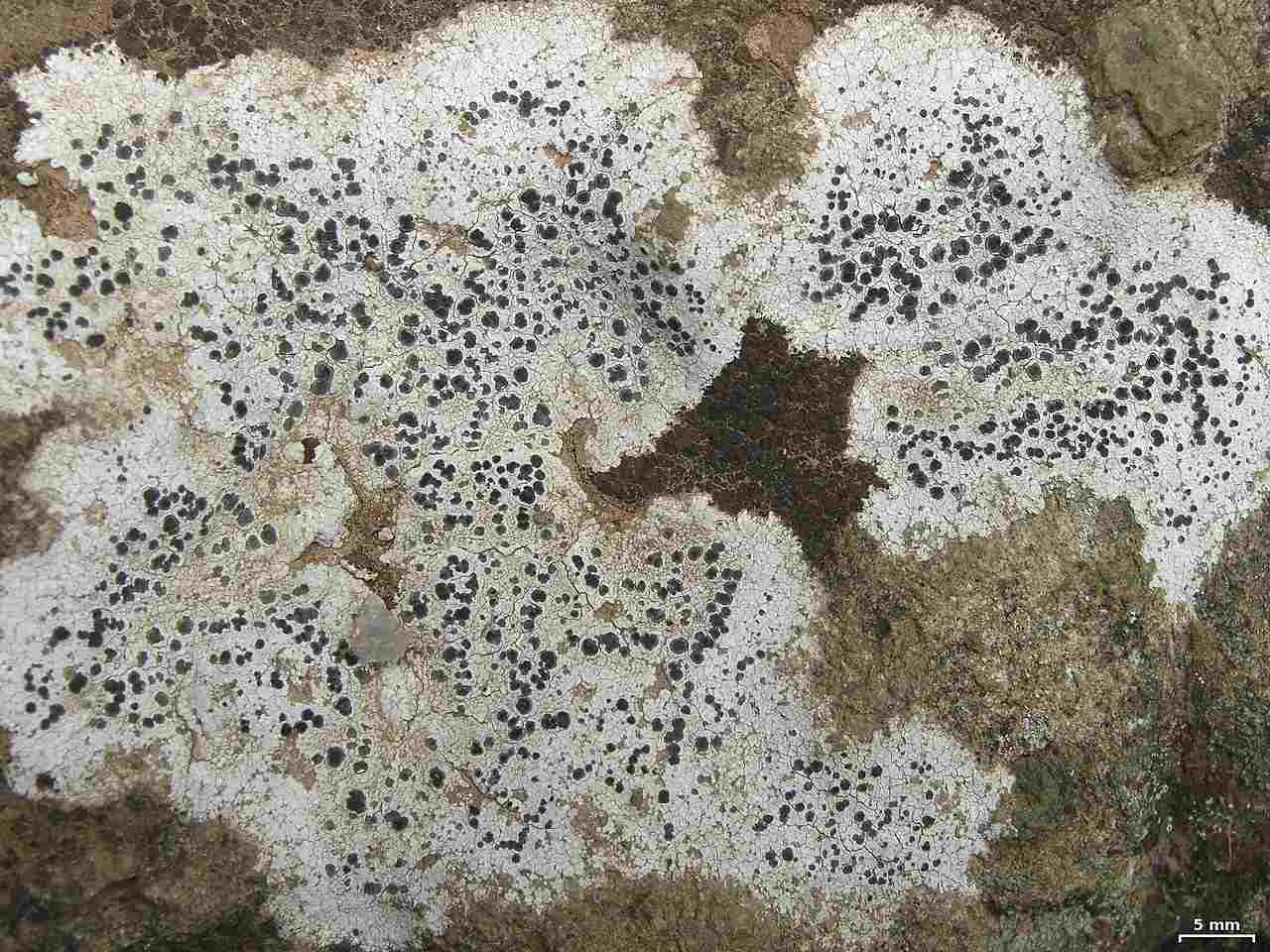
13. Mucor spp.:
Characteristics:
Fast-growing, non-septate fungi with a cottony appearance.
Commonly found in soil, decaying organic matter, and animal dung.
Can be involved in food spoilage.
Ecological Importance:
Contribute to the decomposition of organic matter, including plant debris.
Some species are involved in mycorrhizal associations with plants.
Play a role in nutrient cycling in various ecosystems.
Contribution to Biodegradation:
Actively participate in the breakdown of complex organic compounds.
Can be involved in the fermentation of certain substrates.
Contribute to the overall diversity of fungal communities.
14. Penicillium spp.:
Characteristics:
Common mold with characteristic brush-like conidiophores.
Widespread in soil, air, and decaying organic matter.
Important in biotechnological and pharmaceutical applications.
Ecological Importance:
Contribute to the decomposition of organic matter, including plant material.
Some species produce antibiotics with applications in medicine.
Play a role in food processing and preservation.
Contribution to Biodegradation:
Produce enzymes for the breakdown of various organic compounds.
Involved in the decay of cellulose and other plant polymers.
Contribute to the recycling of nutrients in ecosystems.
15. Rhizopus spp.:
Characteristics:
Fast-growing, filamentous fungi.
Commonly found in soil, decaying organic matter, and plant surfaces.
Includes some species used in food fermentation processes.
Ecological Importance:
Involved in the decomposition of plant material and organic debris.
Some species form mycorrhizal associations with plant roots.
Contribute to nutrient cycling in various ecosystems.
Contribution to Biodegradation:
Actively participate in the breakdown of complex organic compounds.
Play a role in the fermentation of substrates in certain environments.
Contribute to the diversity of fungal communities.
16. Trichoderma spp.:
Characteristics:
Filamentous fungi with a mycoparasitic lifestyle.
Widely distributed in soil, decaying wood, and plant surfaces.
Known for their biocontrol abilities against plant pathogens.
Ecological Importance:
Play a crucial role in biological control of plant diseases.
Contribute to the decomposition of organic matter in soil.
May establish mutualistic relationships with plant roots.
Contribution to Biodegradation:
Produce enzymes for the degradation of fungal cell walls.
Actively involved in the breakdown of organic matter.
Can be used in biotechnological applications for plant disease management.
*DETRITIVORES IN THE SAVANNA/SECONDARY DECOMPOSERS IN THE SAVANNA
17. Ants:
Characteristics:
Social insects belonging to the order Hymenoptera.
Form complex colonies with various castes.
Play diverse roles in ecosystems.
Ecological Importance:
Act as ecosystem engineers by modifying their environment.
Participate in seed dispersal and nutrient cycling.
Form mutualistic relationships with plants and other organisms.
Contribution to Biodegradation:
Involved in the decomposition of organic matter through nest-building activities.
Contribute to the breakdown of dead arthropods and small vertebrates.
Influence soil structure and nutrient distribution.
18. African Dung Beetles:
Characteristics:
Beetles specialized in feeding on dung.
Play a crucial role in nutrient cycling.
Exhibit various behaviors, including dung rolling and burrowing.
Ecological Importance:
Contribute to the removal of dung, preventing the proliferation of pests.
Improve soil fertility through dung burial.
Influence plant growth by recycling nutrients.
Contribution to Biodegradation:
Actively involved in the decomposition of animal waste.
Enhance nutrient cycling by breaking down organic matter in dung.
Contribute to overall ecosystem health.
19. Earthworms:
Characteristics:
Annelid worms that burrow through soil.
Play a vital role in soil structure improvement.
Important in nutrient cycling and organic matter decomposition.
Ecological Importance:
Enhance soil aeration and water infiltration through burrowing.
Contribute to nutrient availability for plants through casting activity.
Indicate soil health and ecosystem functioning.
Contribution to Biodegradation:
Break down organic matter through feeding and casting activities.
Accelerate decomposition by fragmenting organic residues.
Contribute to the recycling of nutrients in soil ecosystems.
20. Millipedes:
Characteristics:
Arthropods with a segmented body and many legs.
Primarily herbivores, feeding on decaying plant material.
Play a role in soil ecosystems.
Ecological Importance:
Contribute to the breakdown of dead plant material.
Influence nutrient cycling through feeding and excretion.
Provide food for other organisms in the ecosystem.
Contribution to Biodegradation:
Actively participate in the decomposition of leaf litter and plant debris.
Contribute to the formation of organic matter-rich soil.
Play a role in shaping soil microbial communities.
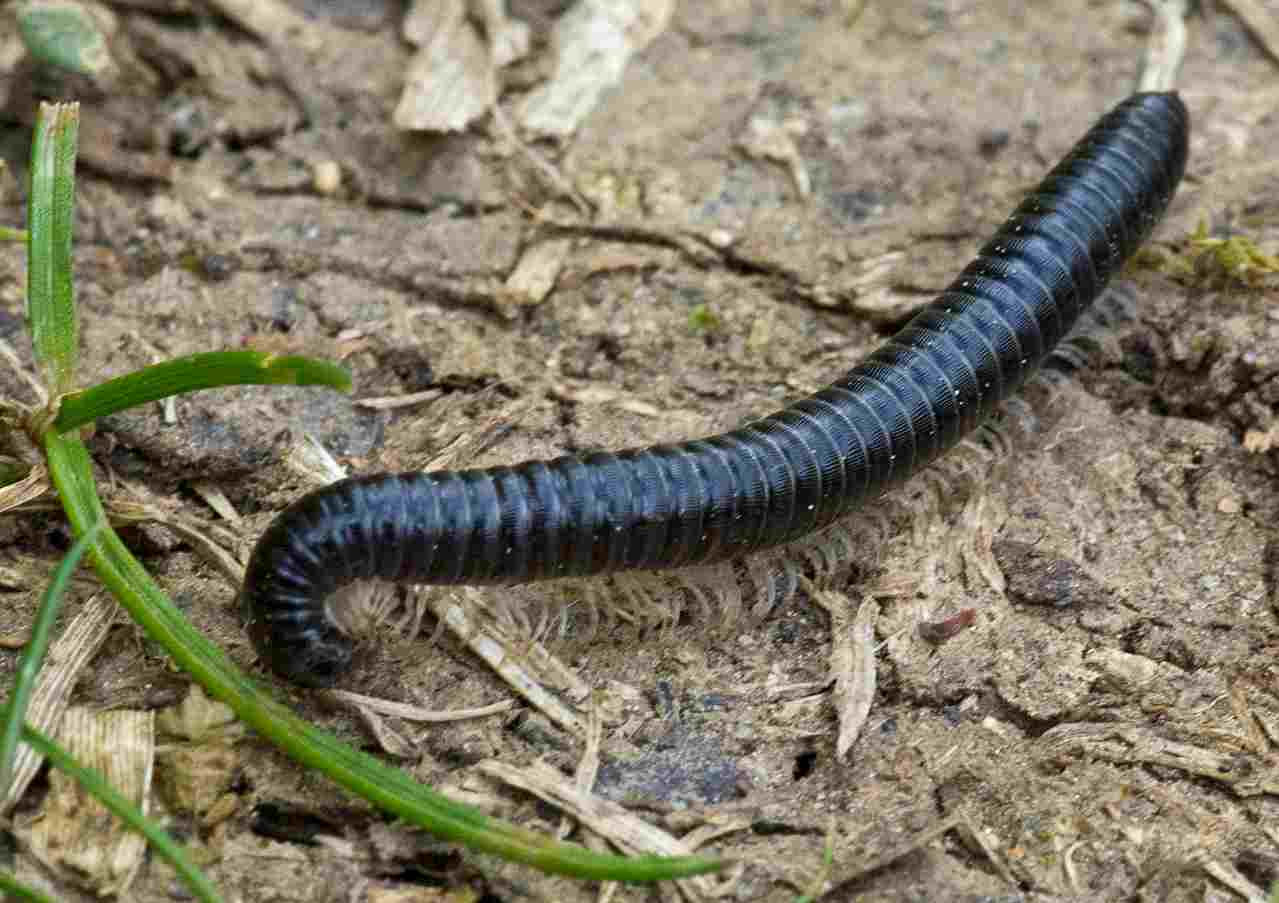
21. Mites:
Characteristics:
Arachnids with tiny, often microscopic, size.
Diverse feeding habits, including herbivores, predators, and detritivores.
Found in various terrestrial and aquatic habitats.
Ecological Importance:
Play diverse roles in nutrient cycling, acting as decomposers or predators.
Contribute to soil structure through their activities.
Important in the regulation of pest populations.
Contribution to Biodegradation:
Some mite species are involved in the decomposition of organic matter.
Contribute to nutrient cycling by processing detritus.
Influence microbial communities in their habitats.
22. Springtails:
Characteristics:
Small, wingless hexapods.
Abundant in soil and leaf litter.
Exhibit a unique springing organ (furcula) for jumping.
Ecological Importance:
Contribute to soil structure through burrowing activities.
Play a role in nutrient cycling, feeding on fungi, algae, and decaying matter.
Serve as a food source for various predators in the ecosystem.
Contribution to Biodegradation:
Involved in the decomposition of organic matter in soil and leaf litter.
Enhance microbial activity by fragmenting and processing detritus.
Contribute to the overall biodiversity of soil communities.
23. Termites:
Characteristics:
Social insects belonging to the order Isoptera.
Feed on cellulose, primarily in the form of wood.
Construct complex nests and exhibit caste systems.
Ecological Importance:
Contribute to the breakdown of dead wood and plant material.
Influence nutrient cycling in ecosystems through their feeding habits.
Can act as ecosystem engineers by modifying habitats.
Contribution to Biodegradation:
Play a crucial role in the decomposition of plant material, aiding in nutrient release.
Influence soil structure through nest-building activities.
Contribute to the cycling of carbon and other nutrients in ecosystems.
*SCAVENGERS IN THE SAVANNA/AUXILIARY DECOMPOSERS IN THE SAVANNA
24. African Wild Dog:
Characteristics:
Social carnivores native to sub-Saharan Africa.
Cooperative hunting in packs.
Face threats such as habitat loss and human-wildlife conflict.
Ecological Importance:
Maintain prey populations and influence herbivore behavior.
Can have cascading effects on plant communities through predation.
Indicate ecosystem health and biodiversity.
Contribution to Biodegradation:
Scavenging behavior contributes to the breakdown of animal carcasses.
Influence nutrient cycling through their role in the food web.
Contribute to overall ecosystem balance.
25. Black-backed Jackal:
Characteristics:
Canid species found in various African habitats.
Omnivorous diet, including scavenging.
Adapted to both natural and human-altered landscapes.
Ecological Importance:
Play a role in controlling small mammal populations.
Contribute to nutrient cycling through scavenging.
Interact with other species, influencing community dynamics.
Contribution to Biodegradation:
Scavenging behavior helps in the decomposition of animal carcasses.
Impact nutrient cycling by redistributing nutrients through scavenging.
Indirectly influence plant communities through predation on herbivores.
26. Hooded Vulture:
Characteristics:
Medium-sized scavenging bird found in sub-Saharan Africa.
Adapted to feeding on carrion.
Faces threats from habitat loss and poisoning.
Ecological Importance:
Play a critical role in cleaning up carrion and carcasses.
Contribute to disease control by removing animal remains.
Indicate the presence of larger carnivores and their kills.
Contribution to Biodegradation:
Scavenging behavior aids in the decomposition of animal remains.
Reduce the risk of disease spread by consuming carrion.
Influence nutrient cycling through their role in the scavenger guild.
27. Hyena:
Characteristics:
Carnivorous mammals found in various habitats, including savannas.
Known for their scavenging behavior and powerful jaws.
Live in social groups called clans.
Ecological Importance:
Play a role in controlling herbivore populations through predation.
Contribute to nutrient cycling through scavenging and carrion consumption.
Indicate ecosystem health and biodiversity.
Contribution to Biodegradation:
Scavenging behavior aids in the breakdown of animal carcasses.
Influence nutrient cycling by redistributing nutrients through feeding.
Contribute to the overall balance of the ecosystem.
28. Lappet-faced Vulture:
Characteristics:
Large scavenging bird of prey with a distinctive lappet (fold of skin) on the face.
Found in arid and semi-arid regions of Africa.
Faces threats from poisoning and habitat loss.
Ecological Importance:
Play a crucial role in the cleanup of carrion and carcasses.
Contribute to disease control by consuming animal remains.
Indicate the presence of large mammalian predators.
Contribution to Biodegradation:
Scavenging behavior aids in the decomposition of animal remains.
Reduce the risk of disease spread by consuming carrion.
Influence nutrient cycling through their role in the scavenger guild.
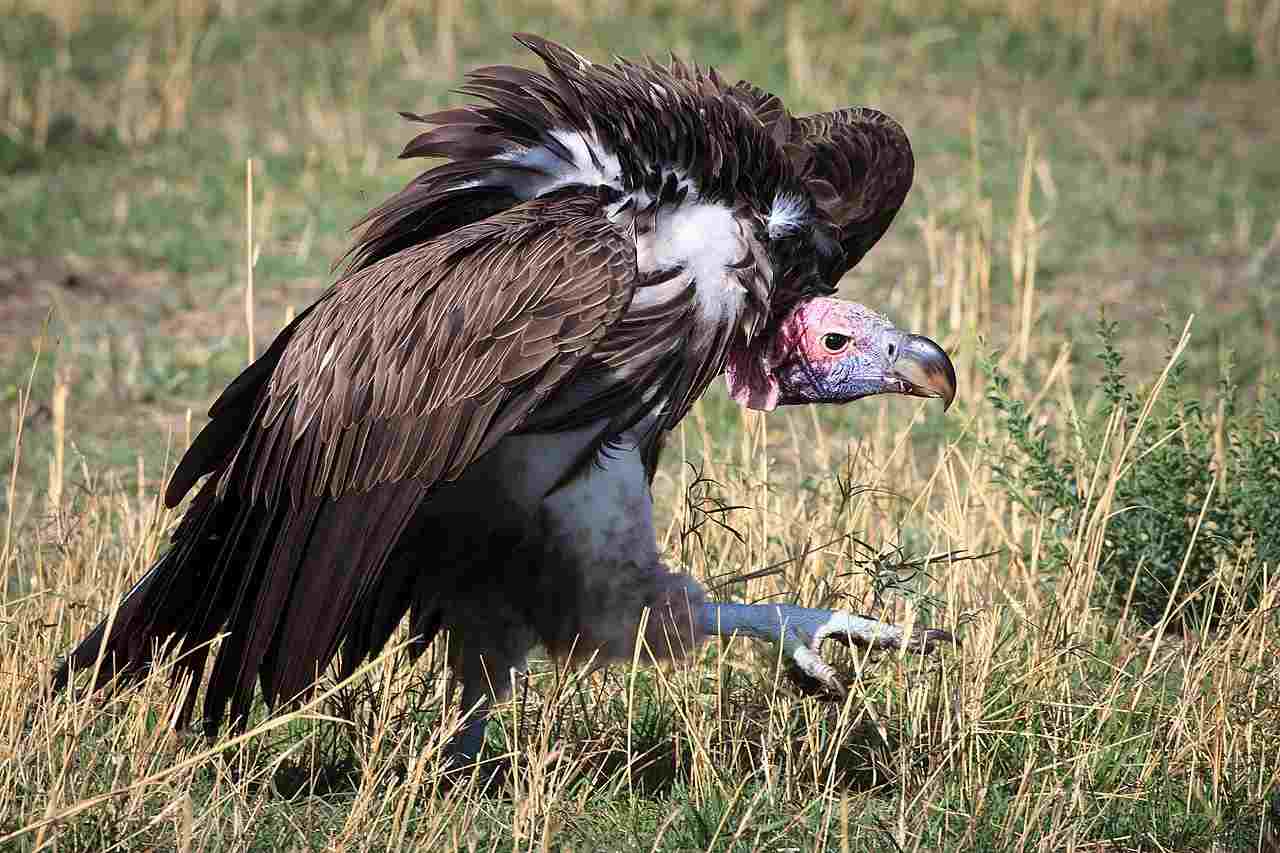
29. Marabou Stork:
Characteristics:
Large wading bird with a distinctive bald head and a massive bill.
Found in a variety of habitats, including urban areas.
Known for scavenging and feeding on carrion.
Ecological Importance:
Play a role in cleaning up carrion and waste in urban and natural environments.
Contribute to nutrient cycling through scavenging.
Indicate the presence of larger carnivores and their kills.
Contribution to Biodegradation:
Scavenging behavior aids in the decomposition of animal remains.
Adapted to consume a variety of food sources, including carrion and waste.
Contribute to overall ecosystem health and balance.
30. Rüppell’s Griffon Vulture:
Characteristics:
Large vulture species with a white head and neck.
Found in various habitats, including open grasslands.
Face threats from habitat loss, poisoning, and collision with power lines.
Ecological Importance:
Play a vital role in scavenging and cleaning up carrion.
Contribute to disease control by consuming animal remains.
Indicate the presence of larger mammalian predators.
Contribution to Biodegradation:
Scavenging behavior aids in the decomposition of animal carcasses.
Influence nutrient cycling by redistributing nutrients through feeding.
Contribute to the overall balance of the ecosystem.
31. White-backed Vulture:
Characteristics:
Medium-sized vulture with a distinctive white back.
Found in various habitats, including savannas and grasslands.
Face threats from habitat loss, poisoning, and reduced food availability.
Ecological Importance:
Play a key role in scavenging and cleaning up carrion.
Contribute to disease control by consuming animal remains.
Indicate the presence of larger mammalian predators.
Contribution to Biodegradation:
Scavenging behavior aids in the decomposition of animal carcasses.
Influence nutrient cycling by redistributing nutrients through feeding.
Contribute to the overall balance of the ecosystem.
32. Yellow-billed Kite:
Characteristics:
Medium-sized raptor with a distinctive yellow bill.
Found in a variety of habitats, including urban areas.
Opportunistic feeders with a diet that includes carrion and insects.
Ecological Importance:
Play a role in scavenging and cleaning up carrion in diverse environments.
Contribute to pest control through their consumption of insects.
Indicate the presence of larger mammalian predators.
Contribution to Biodegradation:
Scavenging behavior aids in the decomposition of animal remains.
Influence nutrient cycling by redistributing nutrients through feeding.
Contribute to the overall balance of the ecosystem.
33. Spotted Hyena:
Characteristics:
Carnivorous mammals with a distinctive spotted coat.
Live in social groups called clans, led by females.
Known for scavenging and hunting behavior.
Ecological Importance:
Play a crucial role in controlling herbivore populations through predation.
Contribute to nutrient cycling through scavenging and carrion consumption.
Indicate ecosystem health and biodiversity.
Contribution to Biodegradation:
Scavenging behavior aids in the breakdown of animal carcasses.
Influence nutrient cycling by redistributing nutrients through feeding.
Contribute to the overall balance of the ecosystem.
Conclusion
Decomposers in the savanna ecosystem are;
- Acidobacteria
- Actinobacteria
- Bacillus subtilis
- Chloroflexi
- Clostridium spp.
- Cytophaga spp.
- Firmicutes
- Pseudomonas spp.
- Aspergillus spp.
- Cladosporium spp.
- Fusarium spp.
- Lecidea spp.
- Mucor spp.
- Penicillium spp.
- Rhizopus spp.
- Trichoderma spp.
- Ants
- African Dung Beetles
- Earthworms
- Millipedes
- Mites
- Springtails
- Termites
- African Wild Dog
- Black-backed Jackal
- Hooded Vulture
- Hyena
- Lappet-faced Vulture
- Marabou Stork
- Rüppell’s Griffon Vulture
- White-backed Vulture
- Yellow-billed Kite
- Spotted Hyena
